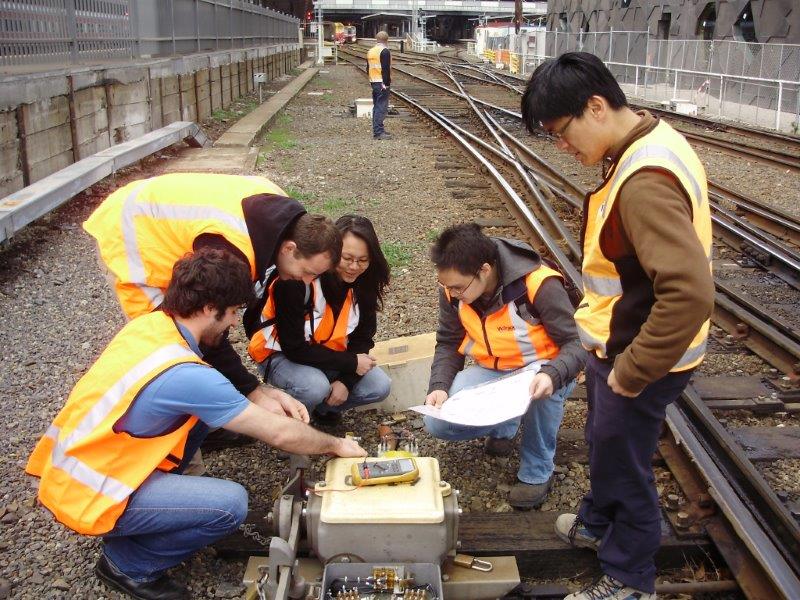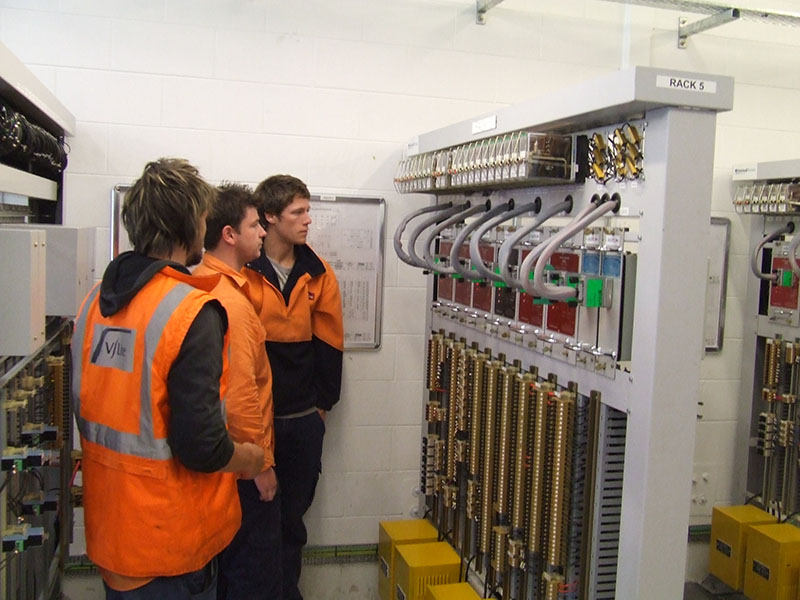Rail signalling training options
HRD offers training options to meet different rail signalling and rail infrastructure role requirements.
Training
Signal maintenance and installation technicians deal with complex electrical/electronic systems, so a high level of skill and knowledge is required. Certificate IV in Electrical – Rail Signalling training is demanding and requires a significant commitment from learners.
HRD Integrated Services offers a range of nationally recognised qualifications and training options. However, the requirements for employment in individual states may vary. You should contact the transport authority in your state to find out what these requirements are.
Entry level training
The Certificate III component of Signalling Technician training provides a basic understanding of Victorian rail signal system principles, controls and wiring before system–specific learning is undertaken as part of the Certificate IV.
Entrants to signalling must complete or hold the Certificate III Electrotechnology Electrician (including rail signalling installation electives) or its equivalent.
You can complete the Certificate III Electrotechnology Electrician with the specialised rail signalling installation units, exit training and gain employment in a rail signal construction or installation role.
If you’re seeking entry into the industry and have no technical skills or qualifications …
A common entry point to a rail signalling maintenance technician role is via an electrical apprenticeship, specialising in rail signalling, with a rail infrastructure maintenance company.
Apprentices complete signalling as the elective component of the Certificate III Electrotechnology Electrician. Off-the-job training for the electrical component is undertaken with a TAFE Institute.
Training in the signalling stream is undertaken with HRD Integrated Services and may run concurrently with the second or third year of the apprenticeship.
If you’re a licenced (A/E class) electrician …
Trainee signalling technicians enter the Certificate IV course as qualified electricians and complete the Certificate III rail signalling electives as stand-alone training. Theory is delivered by HRD Integrated Services over 17 days with additional time required for workplace practice and assessment. The course can be completed in less than 6 months.
On successful completion of the Certificate III a person may be employed in an installation or construction role or may progress to the Certificate IV in Electrical – Rail Signalling.
Learners must be able to provide a copy of their Certificate III trade qualification or provide appropriate evidence for Recognition of Prior Learning (RPL).
Certificate IV training
Successful completion of the Certificate III Electrotechnology Electrician is a prerequisite to a person being issued with the Certificate IV in Electrical – Rail Signalling.
HRD’s training modules for the Certificate IV cover the theory and practical aspects of the operation, repair and maintenance of rail signalling equipment. Learning areas include:
- installing, maintaining and repairing signal power supply faults
- installing, maintaining and repairing faults relating to:
- track circuits (track circuits detect the presence or absence of a train in a given section of track)
- signals, train protection systems and level crossings
- point mechanisms (points guide a train from one track to another)
- interlocking systems (interlocking is a control system designed to prevent accidents by permitting only one safe, clear route)
- telemetry systems (telemetry is a way of reporting on conditions at an unmanned location to a central site so that operational and safety decisions can be made)
- testing and commissioning signalling systems.



